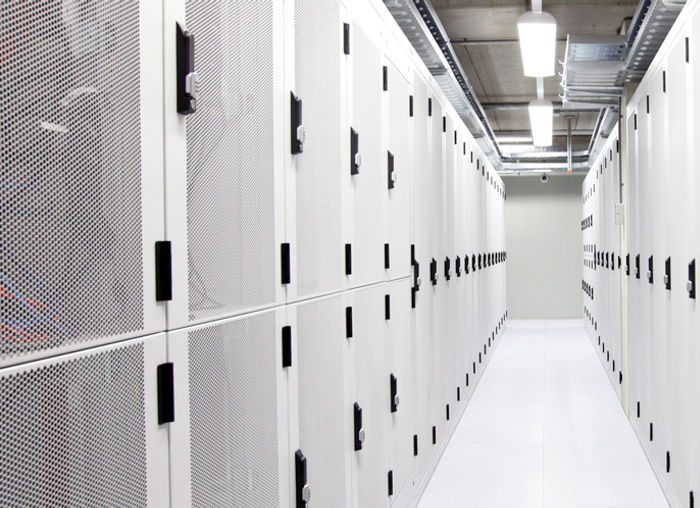What is driving the current evolution of the connectivity ecosystem? Markets are changing rapidly on the back of cloud demand, investments and evolution of technologies. We currently see three major trends that service providers need to keep in mind to stay relevant and meet current and future demand for their services.
Investments in dense fiber deployments
The deployment of fiber networks has seen a significant increase in the past two years. Both established players such as Eurofiber and KPN as well as a wide range of smaller network providers are building new networks. Urban and rural areas that had to rely on copper, coax or mobile connectivity will have access to fiber connectivity within months to a year. The Dutch trade association Fiber Carrier Association has identified over 100 local initiatives for the deployment of fiber networks.
The new rush to deploy networks is driven by low financing interest rates and attractive returns on infrastructure investments. In addition, cloud adoption, new digital services for businesses as well as consumers and the deployment of 5G all rely on the availability of fiber optic networks.
There are ample opportunities for small independent fiber providers to efficiently create backbone infrastructure stretching to relevant interconnection hubs and to their clients – from their local network to (inter)national cloud and service providers. These local fiber networks provide interesting opportunities for service providers to find new customers.
M&A consolidation in hosting and datacenters
For several years many hosting and cloud providers and datacenter operators are either looking for new acquisitions or are being acquired. In 2019 alone, we have seen some major mergers. One example that comes to mind is the merger between The Datacenter Group and NLDC. Another is the acquisition of IT-Ernity by TransIP and the subsequent merger of TransIP with Belgian provider Combell, creating an entity with over 1.2 million customers, renamed in Team Blue.
These and other acquisitions are mainly driven by economies of scale, geographical presence and a diverse portfolio. The number of smaller, independent hosters and data centers is decreasing. We expect the influence of the three major cloud providers with a global footprint (AWS, Azure and Google) becoming more prominent in the coming years. Local operators will be forced to embrace the services AWS, Azure and Google in its product portfolio.
Already we see the services of major local hosting companies being centered around hyperscale cloud platforms. Consequently hybrid- and multi cloud models will become increasingly popular. Despite the power of the big cloud providers we see a continuation of relevance for local managed service providers in helping national customers to take advantage of the many opportunities of these global clouds and combining this with proprietary local clouds.
As more and more workloads an applications move to the cloud, however, end-to-end connectivity will become even more important. Service providers, regardless of their size, need to be able to offer such solutions to their customers. In addition, we see a strong growth in interconnectivity between cloud and service providers to connect their services efficiently, secure and with dedicated performance.
Software defined infrastructure
More and more organizations opt for multi cloud architectures and this has immediate effect on infrastructure choices. Data center, cloud and networks need to work effectively together and are required to offer similar benefits, such as flexibility, scalability and automation. The choice for any type of cloud is increasingly application driven, which is to say private, hybrid, public cloud or on-premise are all considered for each application, which will then ‘land’ on the platform that’s best suited for it. As infrastructures become more decentralized, edge data centers will become more important.
Software driven networks allow customers to easily fulfill their connectivity needs. These types of networks offer seamless interconnection to cloud services and the flexibility that is needed to get the best out of multi cloud solutions. In addition, they give users control as they have real time insight into their connections through API’s. This allows them to monitor routing and the health of their network, preventing outages and thus being able to deliver better service to their customers in turn.
A pillar for the digital economy
Driven by the demand for all types of cloud services fiber optic networks will remain one of the pivotal pillars of our digital economy and society. It is this demand that is already compelling large, international providers of connectivity to make the transition to automated, high capacity fiber optic networks.
Want to know more about how software defined connectivity can help your organization to successfully deliver its services or create a multi cloud infrastructure? Contact us at info@dcspine.nl or register and explore our portal for free if you haven’t registered yet.




